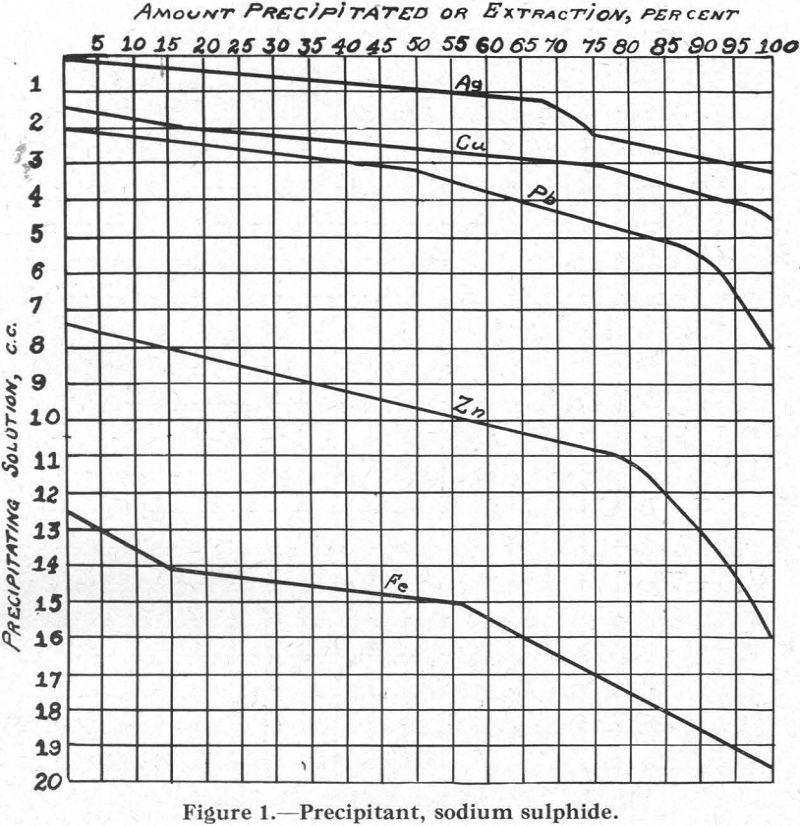Soluble Metal Xanthates and their Effect on Differential Flotation

It is generally conceded by flotation men that the condition at the surface of a particle of mineral or gangue is the most important factor controlling its behaviour in a flotation cell. Much research work has been devoted to the study of the forces that are active at the surface of the particle and of […]
Lime Burning Operation Heat Energy Requirements
There are two types of lime, high calcium and dolomitic lime. Typical analyses of these materials are shown in Table 1. This discussion is concerned only with high calcium lime. Lime is produced from naturally occurring limestone by subjecting the limestone to a temperature in the range of 2200°F for sufficient time to drive off […]
Lime Slaking Mill
A horizontal ball mill can be used as in a lime slaking circuit just as well as a vertimill. Some operations apply the raw quicklime directly to the ore on the belt moving toward further crushing or grinding. In this application, it is necessary only to have a suitable lime storage tank with a live […]
Flotation Reagent Manufacturing

Manufacture and mixing of flotation reagents at the mill site provides an economic and convenient method of maintaining a continuous and fresh supply of reagents for concentrator operations. Kennecott Copper Corporation has designed and built a Reagent Mixing Facility which incorporates new ideas in construction and fail-safe operation at its Nevada Mines Division concentrator. Reagents […]
Flocculant Dilution System in Thickener Feed well
In order to maximise the benefits obtained from flocculating agents when used as settling aids in high rate and conventional thickeners, it is often necessary to dilute the thickener feed prior to flocculant addition. In some cases, no flocculation at all is possible unless dilution water is used. The most common method of diluting thickener […]
Copper Activation Sphalerite & Xanthate
Copper Activation Sphalerite & Xanthate: Unlike most other sulfide minerals, sphalerite responds poorly to short-chain thiol collectors. The problem is attributed to the high solubility of zinc-thiol compounds in water. Also, due to its large band gap (3.7 eV), sphalerite is a poor catalyst for mixed potential reactions between xanthate and oxygen. The reactivity of […]
Flocculation in Flow through Pipes & In-Line Mixers
It is common industrial practice to add polymeric flocculants directly into slurry streams during flow through pipes. However, very little information is available on the specific requirements for such polymer addition systems and their design and operation appear to be largely intuitive. In-Line Pipe Flocculant Mixer Test The flocculation tests were performed in a Kenics […]
Cyanide Safety
Cyanide Training Proper care and handling of Sodium Cyanide Why the need for training? To help ensure that Team Members are not exposed to harmful concentrations of cyanide through proper handling procedures. To assist all Team Members in understanding how cyanide is used safely and the environment is protected. To ensure all Team Members are […]
No Conditioning Carbonate Flotation
Tests to study the effect of collectors and pH were randomly conducted on the phosphate matrix, using a 2k full factorial design for collector screening and process optimization. Star points needed to estimate non-linear factor responses were included in the optimization test series and in some reagent screening tests. For the fatty acids, the two […]
Sodium Silicate in Phosphate Flotation
Some factors adversely affect the efficiency of anionic flotation of phosphate in the absence of sodium silicate, thereby decreasing the concentrate grade. Impurities originally present on the quartz surface might be responsible for this adverse effect, but the precipitates heterocoagulated onto the surface of quartz also appeared to play a role. Dissolved ions, especially Ca++, […]
